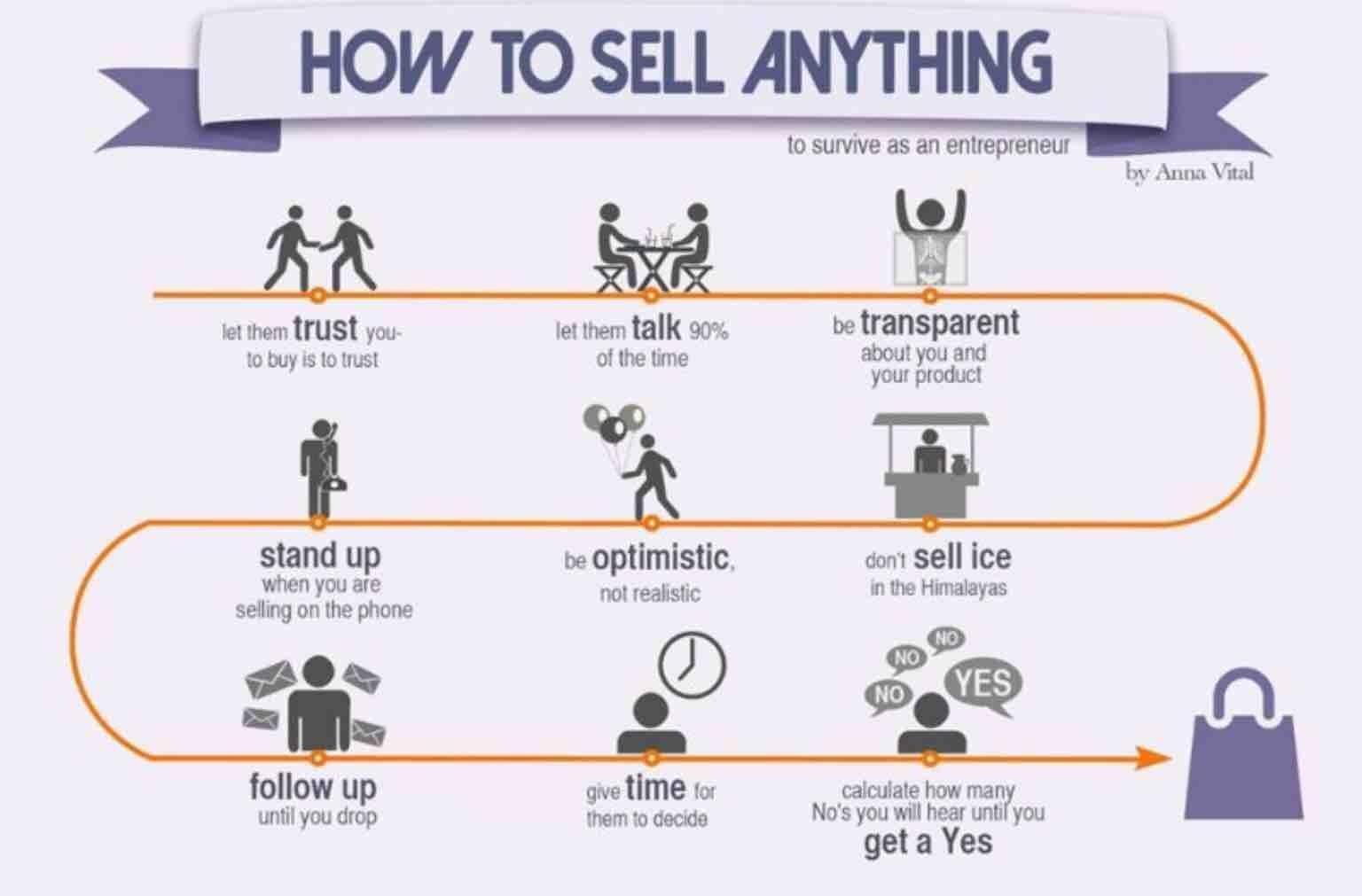
This week blog talks about the importance of product knowledge or Insight.
In the in the context of sales, Insight means understanding your own product. It also means understanding your own business’s strengths and weaknesses.
London Black Cabs.
For example, London’s traditional black cab drivers rely on what they call “The Knowledge” to set them apart from other transportation services.
Pay a visit to London and a black mini cab will probably be one the first things you will see. London taxi drivers are almost as famous as the black cabs they drive.
Their fame stems from their incredibly comprehensive knowledge of the city. Hail down a black cab in London and you can be assured that the driver will find the shortest route to your destination without the aid of any technology.
Better than Uber?
London taxi drivers go through stringent training to obtain their licenses. They need to pass “The Knowledge” test; studying for it is often likened to having an atlas of London implanted into your brain.
To become an All-London taxi driver, you need to master no fewer than 320 basic routes, all of the 25,000 streets scattered within the basic routes, and approximately 20,000 landmarks and places of public interest within a six-mile radius of Charing Cross.
It takes the average person between two and four years to learn “The Knowledge”. This education is a big investment, but the training sets this service apart from the competition, whether GPS gadgets or Uber drivers.
In fact, on the ground, a black cab driver will always out-perform the Uber driver. Their extensive, specific knowledge actually offers an opportunity to reposition themselves as the ultimate experts.
Pay for what you want!
Customers are willing to pay for a service this good, and the only way to make it this good is have true insight into the product you offer.
The question for your business, then, is how do you know what you—and your salespeople—don’t know?
This is where sales training and sales coaching comes in.
One way to develop insight into your own company is to use a SWOT analysis on your products and services.
The SWOT framework comes from Albert Humphrey, who tested the approach in the 1960s and 1970s at the Stanford Research Institute. Developed for business and based on data from Fortune 500 companies, the SWOT analysis has been adopted by organisations of all types as a decision-making tool.
As its acronym implies, a SWOT analysis examines four elements:
- Strengths: Internal attributes and resources that support a successful outcome.
- Weaknesses: Internal attributes and resources that work against a successful outcome.
- Opportunities: External factors the project can use to its advantage.
- Threats: External factors that could jeopardise the project.
In next weeks blog we will give you some practical tools and ideas that you can use in your business using this SWOT model.
Until then, good selling.
Image courtesy of Anna Vital.
P.S
Coming soon Changing Your Sales Mindset- 7 Day Challenge

